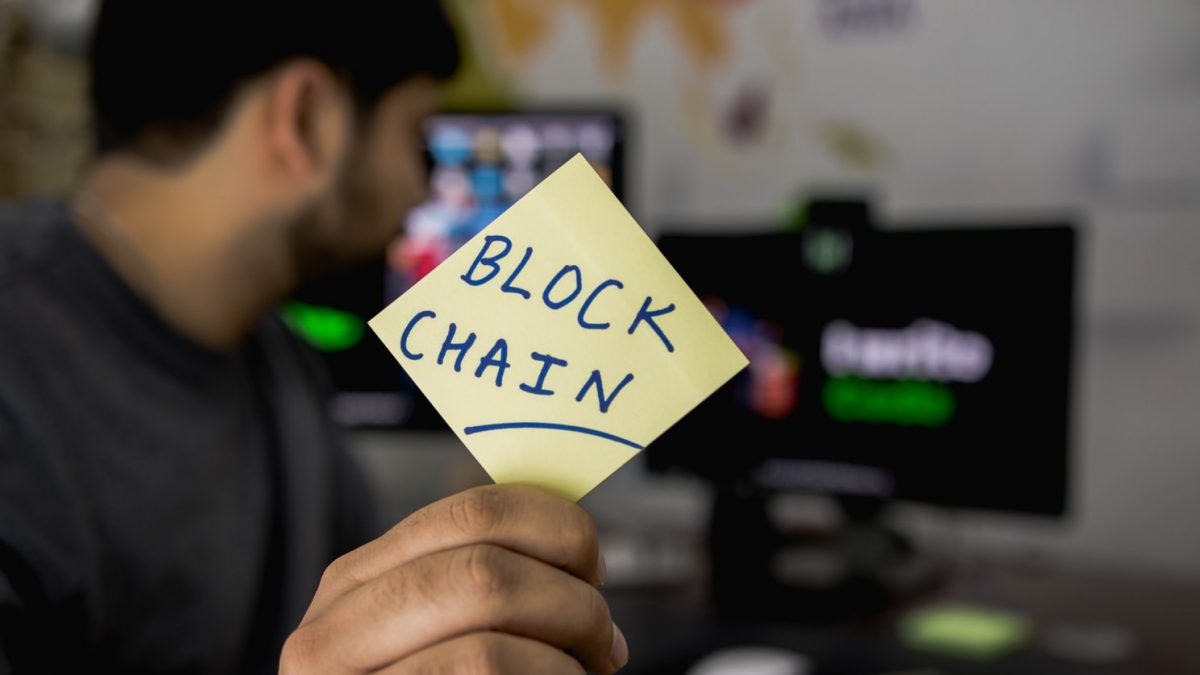Any fashion fan has a raft of designers they follow and watch out for. Whether for news on the latest season’s designs, collaborations or latest celebrity followers, there’s always something new happening in the world of fashion. But here are some lesser known facts that you may not have known about until now.
1. Armani and Bomber Jackets
Bomber jackets are fashion staples for many people, with a timeless style that people go back to whatever the era or generation. These types of jackets originate from the military, worn by pilots from the early 1900s. They were designed especially to keep pilots warm in typically cold and draughty cockpits. The design was also quite fitted and sat just above the waist, taking into account the limited space in cockpits, and the need to be able to move unencumbered by too much fabric.
While bomber jackets have been around for a while, it is believed to be Georgio Armani who created the first high fashion line of bomber jackets. This happened in the 1970s, when Armani’s bomber jackets were characterized by high-end leather and a suave fitted finish.
2. Versace, Michael Kors and Jimmy Choo Together
Once of the most iconic luxury fashion companies in the world, Versace is a brand known for the many celebrities it has helped dress. In the celebrity world, the brand has enjoyed a number of notable moments, such as the black dress worn by Elizabeth Hurley in 1994. In 2000 too, Jennifer Lopez wore a green Versace dress that went on to be voted the fifth most iconic dress of all time.
The brand certainly has a long and illustrious history, but many people might wonder what Versace has in common with Michael Kors and Jimmy Choo. The answer is that in 2019, Versace joined forces with these two brands as Capri Holdings Limited, a global luxury fashion group.
3. Dolce & Gabbana’s Beginnings on a Budget
The Italian fashion house currently worth around 1.3 billion Euros didn’t always have an easy ride. In 1986, Domenico Dolce and Stefano Gabbana launched their first collection at Milan Fashion Week. The collection was called ‘Geometrissimo’, but Dolce & Gabbana didn’t actually have the money to hire models, or any accessories to go with the show. They ended up asking their friends to model the clothes, and these models also provided some of their own personal accessories to go with the attire. Even the stage curtain was a bed sheet that Domenico Dolce brought from home!
The less than ideal circumstances of this event didn’t do the pair any harm. To the contrary, the duo went on to launch their first self-produced collection, which was called ‘Real Women’. Part of the reasoning behind the name was the fact that local women participated as models in the show. It turns out that Dolce & Gabbana were truly ahead of their time in their thinking, as more than 30 years later, the ideal of ‘real women’ as fashion models is very much the trend.
4. Professional Cycling or Paul Smith
The globally renowned UK fashion designer Paul Smith was originally intending to be a professional cyclist. He left school at the age of 15, getting a job in a clothing factory to earn money while practicing his cycling the rest of the time. However, Smith got into a major cycling accident at the age of 17 that was followed by a six month stay in hospital. During his recuperation, he found inspiration in clothing and fashion, and subsequently went on to find a job with an esteemed Savile Row Tailor in London.
Paul Smith’s brand is now a global success story. His fashion is sold in 70 countries, he is a named Royal Designer for Industry, and he was appointed Commander of the Order of the British Empire (CBE) in 1994. He was also knighted in the year 2000, making him Sir Paul Smith.
5. Horses and Hermès
While the internationally recognized fashion brand Hermès has been thriving for years, not many people know about the company’s beginnings. Hermès in the early 1800s actually had nothing to do with fashion, and instead made harnesses, bridles and saddles for horse carriages. In the early 1900s, Hermès made a leather golf jacket, marking its first foray into the fashion world. The fashion brand had another exclusive accolade at the same time, as Hermès was granted exclusive use of the zipper for clothing and leather goods, thus becoming the first company to introduce the zipper to France.
By the 1920s, Hermès had added various clothing lines and a range of accessories to its brand, and later a range of handbags. In 1935, Hermès launched its ‘sac à dépêches’, which was later renamed the ‘Kelly bag’ after Grace Kelly famously had one. Nowadays, Hermès is the 7th largest fashion company in the world.










